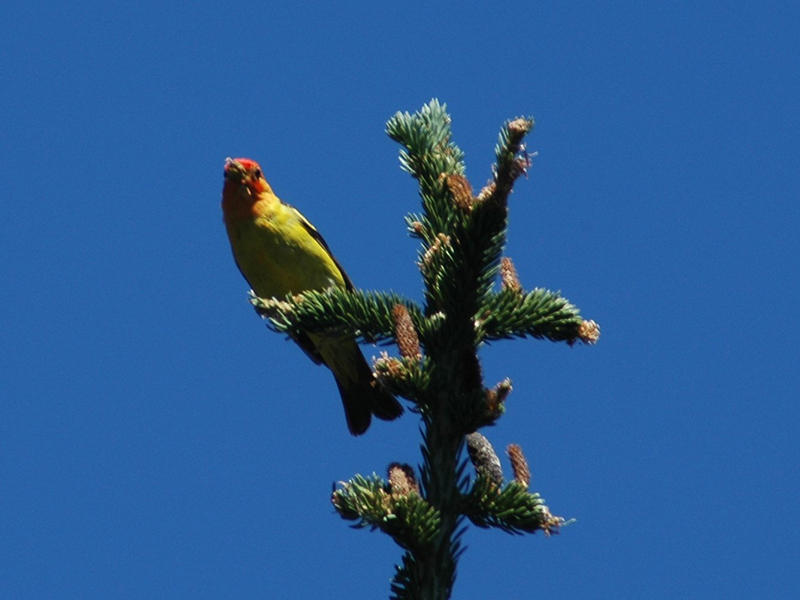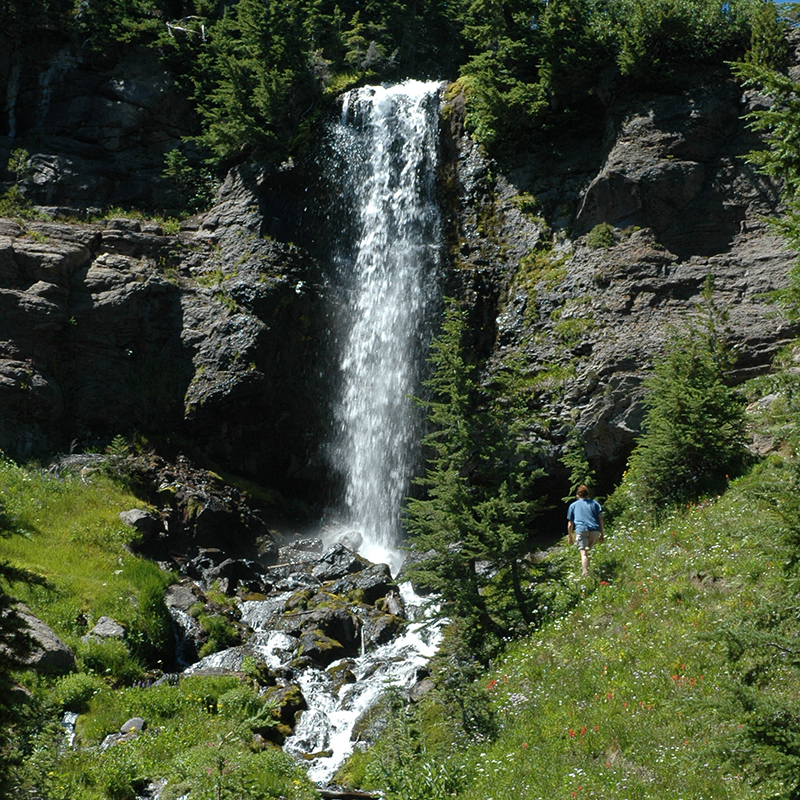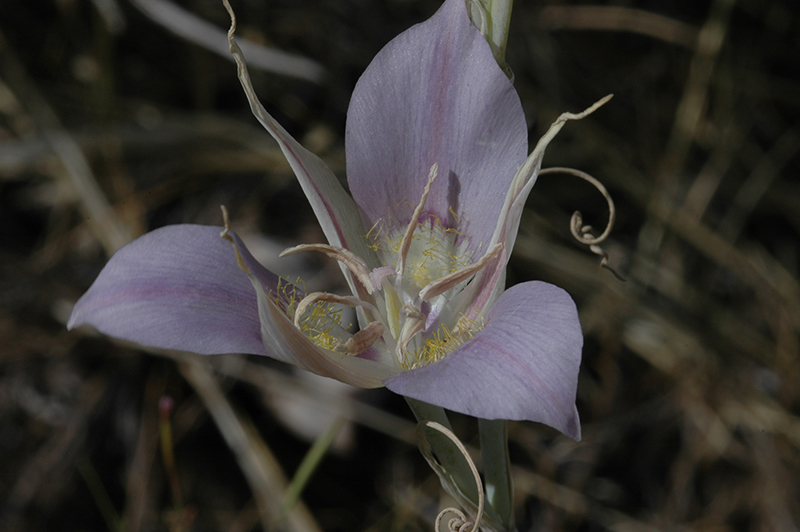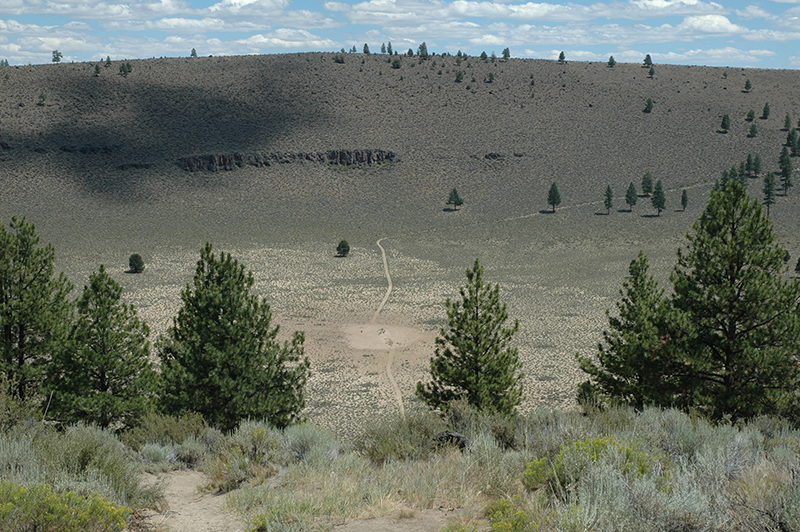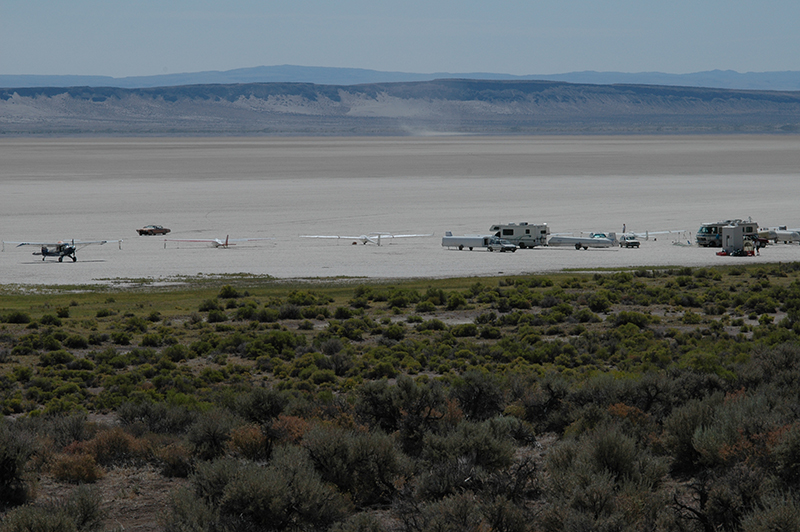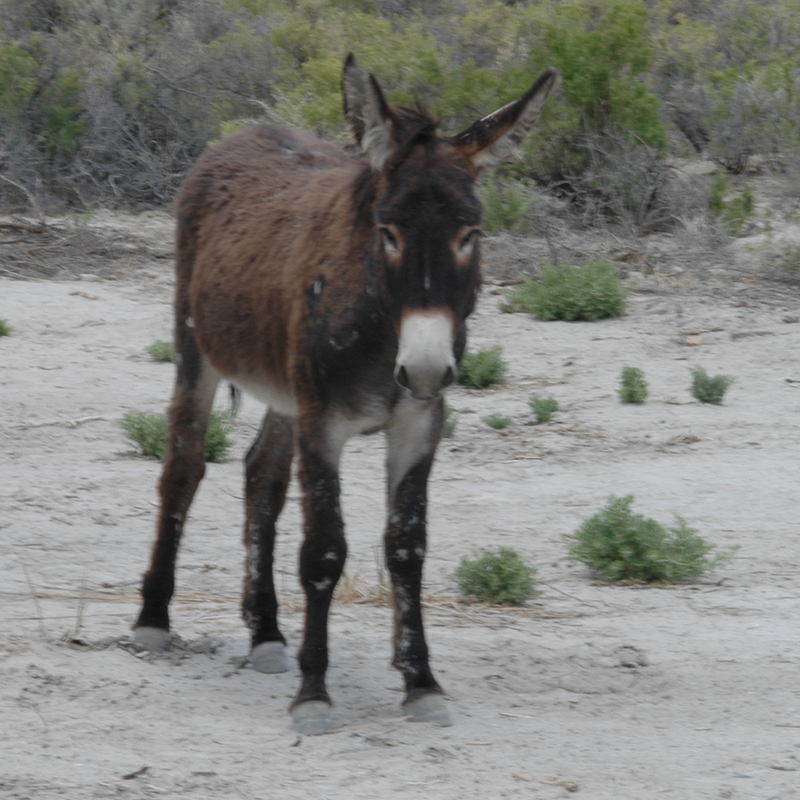July 31, 2007: Bird Creek Meadows, Yakama Nation, near Mount Adams in Washington state. Chris wanted to see the meadows and I hoped to get a better picture of a Western Tanager.
The parking lot was nearly empty today. We left the car about noon, took along two bottles of water and applied a liberal dose of bug repellent. We didn’t see a single Tanager, the flowers looked wilted by the summer sun, but the landscape was still colorful, and butterflies were everywhere.
We hiked to Hells Roaring Viewpoint. A large party of hikers from Houston, TX, were making a climb and those that thought better of it stopped at the viewpoint to rest and watch the rest of the party.
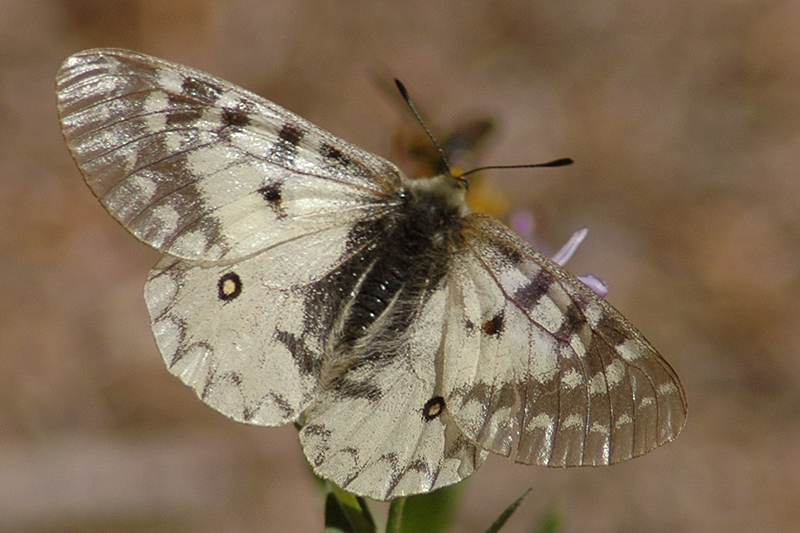
On the way back down the hill I decided to try to photograph a butterfly (Parnassius clodius)… the white butterfly seems to be in perpetual motion. On occasion one would land on an aster so I tried valiantly to catch one with wings spread. It takes a lot of patience and a lot of luck to get the desired pose.
Our water bottles empty, we filled up using water from a spigot at the picnic grounds near the beginning of the Trail of Flowers. The water tasted a little rusty but otherwise seemed potable. I have seen hikers refill their canteens from the streams but I’m a little reluctant to trust that water.
byLarry


